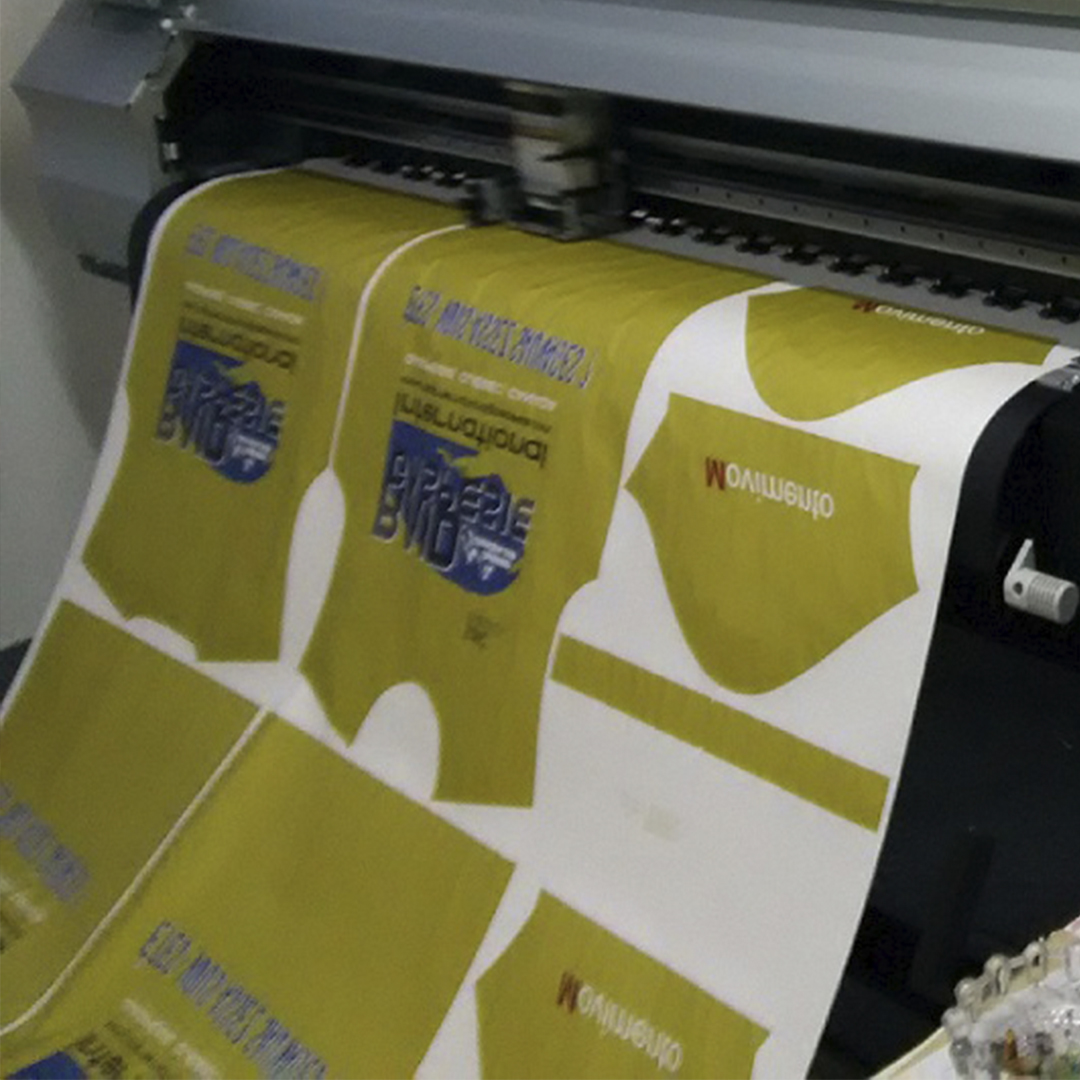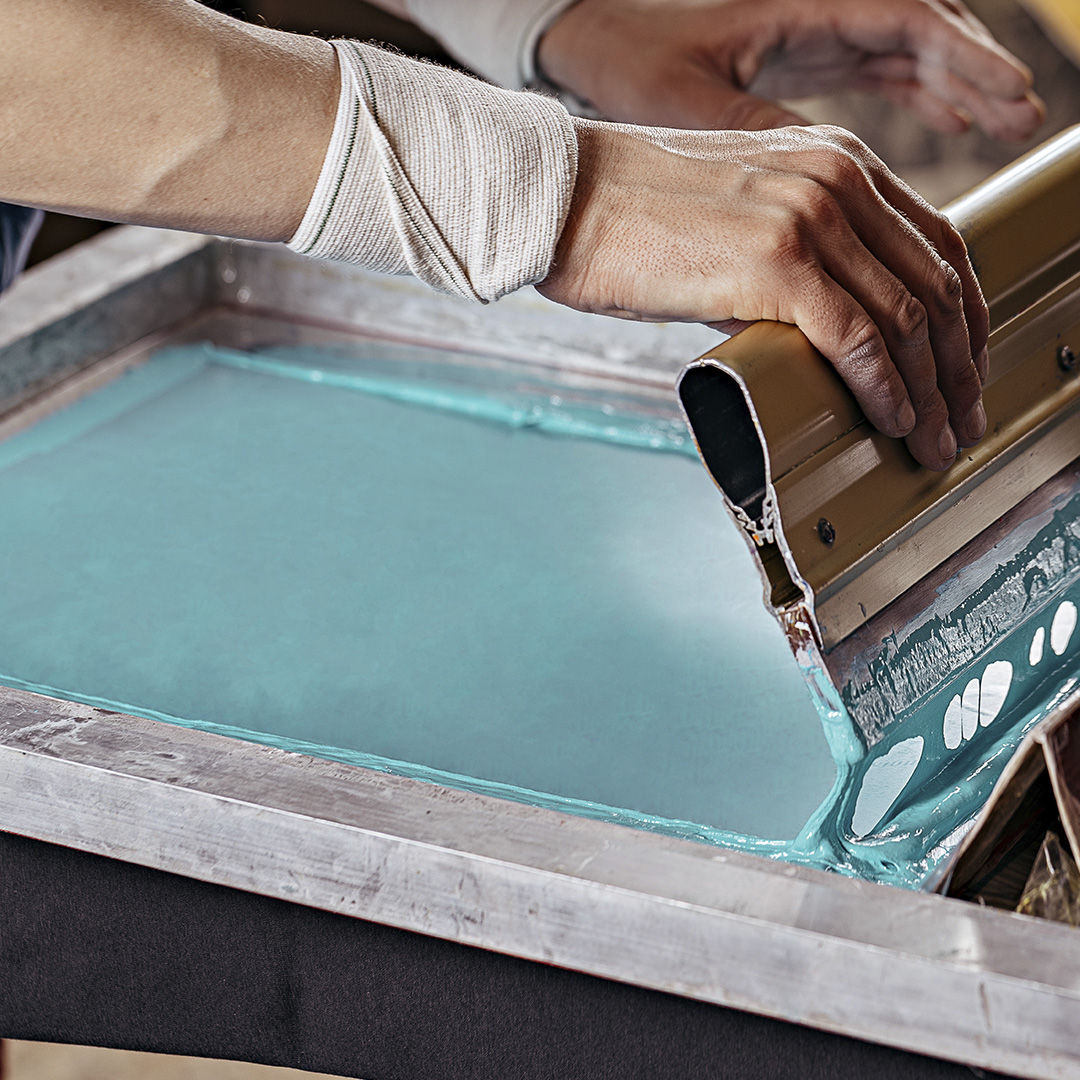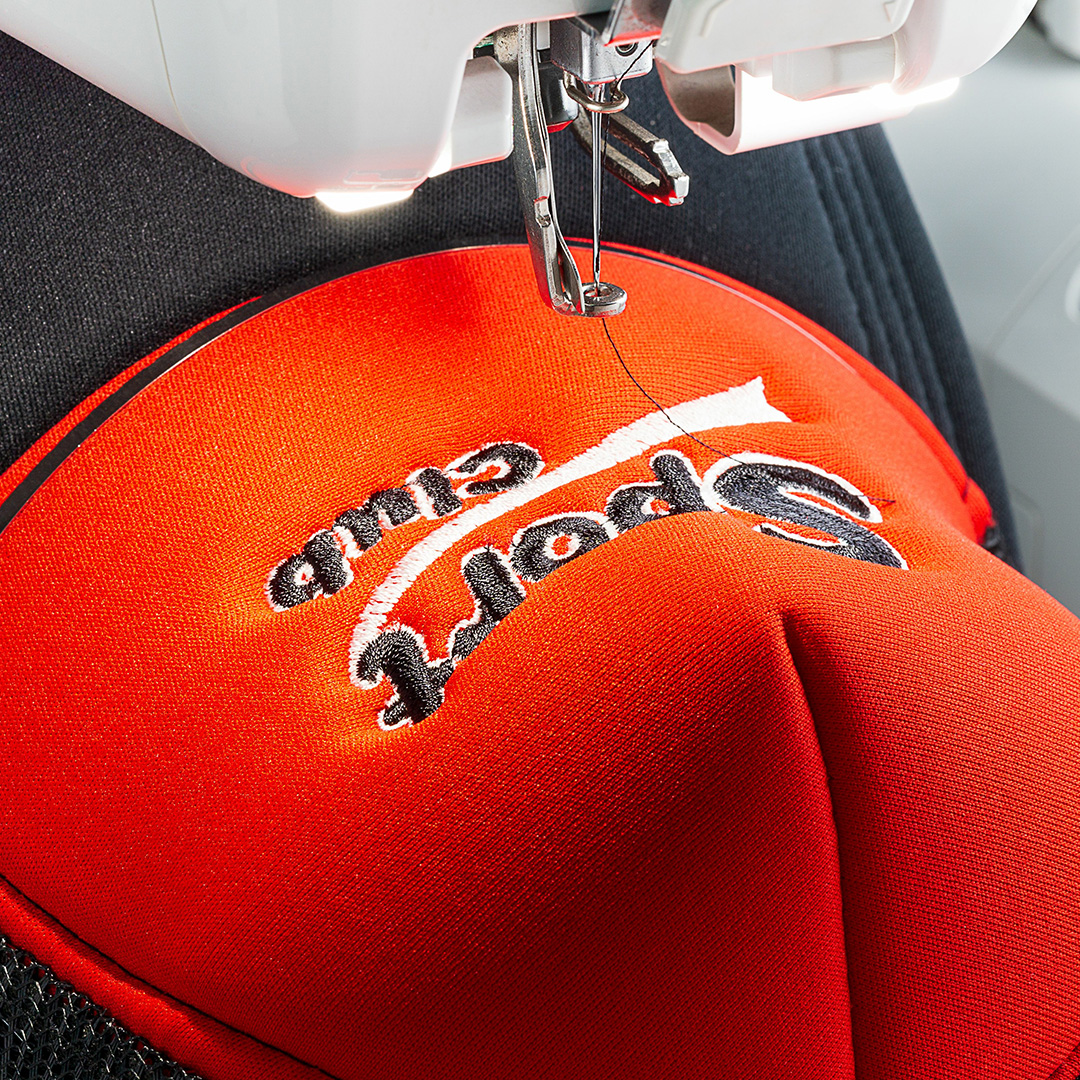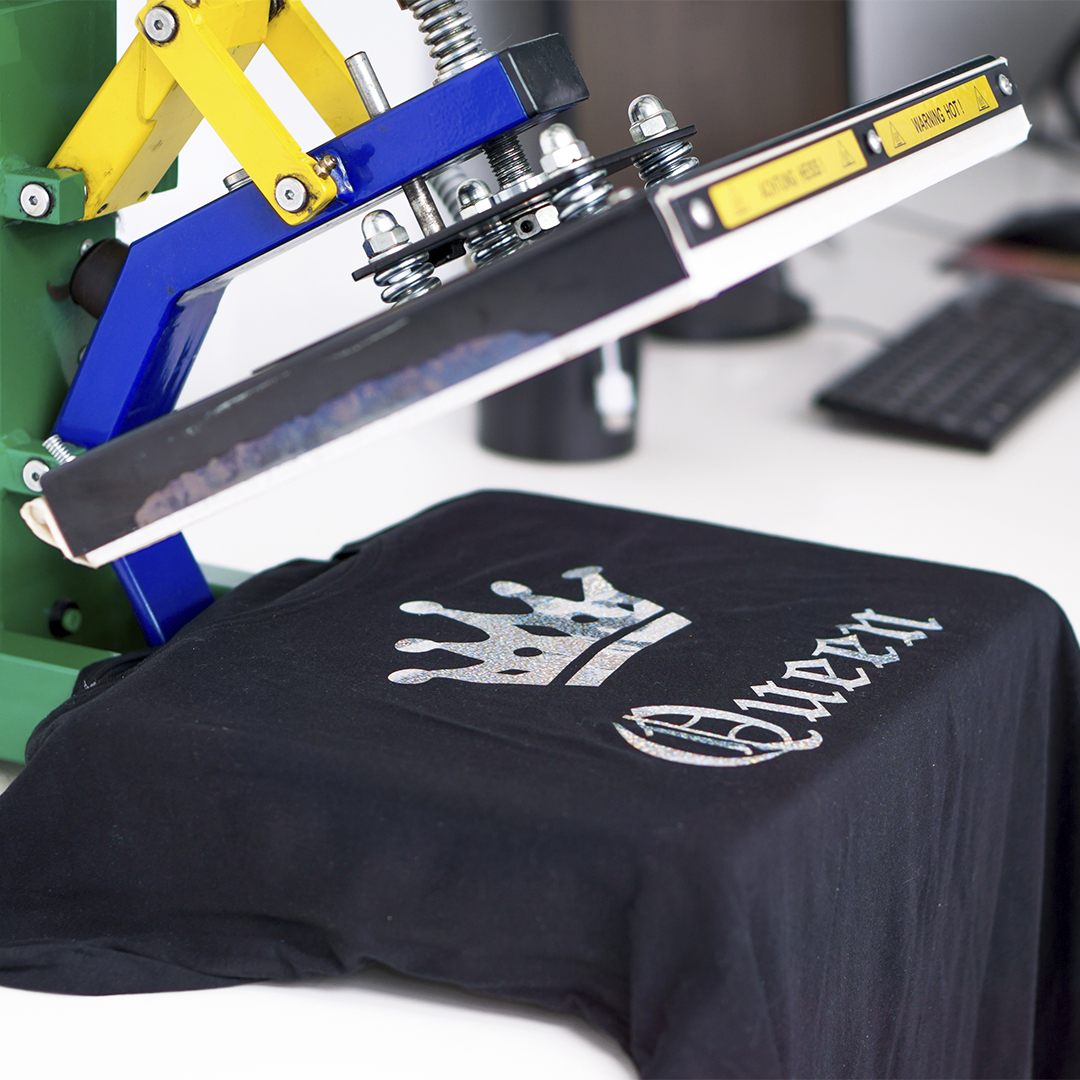The Nia apron is crafted from 100% GRS certified 200 g/m² recycled cotton. With its natural cotton colour and contrasted neck loop, this apron will protect your clothes during your cooking session. Featuring two adjacent pockets with a combined size of 45 x 20 cm and a 1-metre long tie-back closure, the Nia apron ensures both practicality and style in your kitchen endeavours.
Size:
100 x 70 cm
Composition: GRS certified recycled cotton, 210 g/m2
Weight: 210 grams
Units per box: 75 units
Box measurements: 46 x 30 x 51 (cm)
Digital transfer
Digital transfer is ideal for digitally marking small quantities and without color limitations. It's used on products such as document holders, backpacks, non-woven bags, cork products, and soccer balls.
Screen Printing
Screen printing is one of the most widely used techniques, allowing printing of up to six spot colors depending on the product and providing long-lasting and reliable results. This technique is applied to smooth surfaces, achieving high-resolution images. Screen printing involves transferring the design to a screen (polyester or nylon mesh) coated with a photosensitive layer that reacts with ultraviolet light. This light hardens the areas not to be printed, allowing the design to bleed through. This technique is often used on textiles, plastics, wood, or aluminum items such as T-shirts, bags, jerry cans, notepads, backpacks, and caps.
Embroidery
The traditional embroidery technique allows you to personalize different types of fabrics with a high-quality finish. This customization technique is also highly durable and relies primarily on embroidering the chosen design with different colored threads. The cost of this technique depends on the area in square centimeters to be embroidered. Embroidery is primarily used on caps, T-shirts, polo shirts, blankets, towels, and all types of textile products.
Silkscreen transfer
Silkscreen transfer is a technique similar to silkscreen printing. The difference is that instead of transferring the ink directly onto the product, it is first printed on transfer paper. This transfer paper is then applied to the product using a heat press. The advantage of this technique is that it supports four-color printing (screen printing only allows for spot colors) and achieves highly uniform results. It is suitable for small quantities of textile products. It is often used for gifts such as document holders, backpacks, non-woven bags, cork products, and soccer balls.











